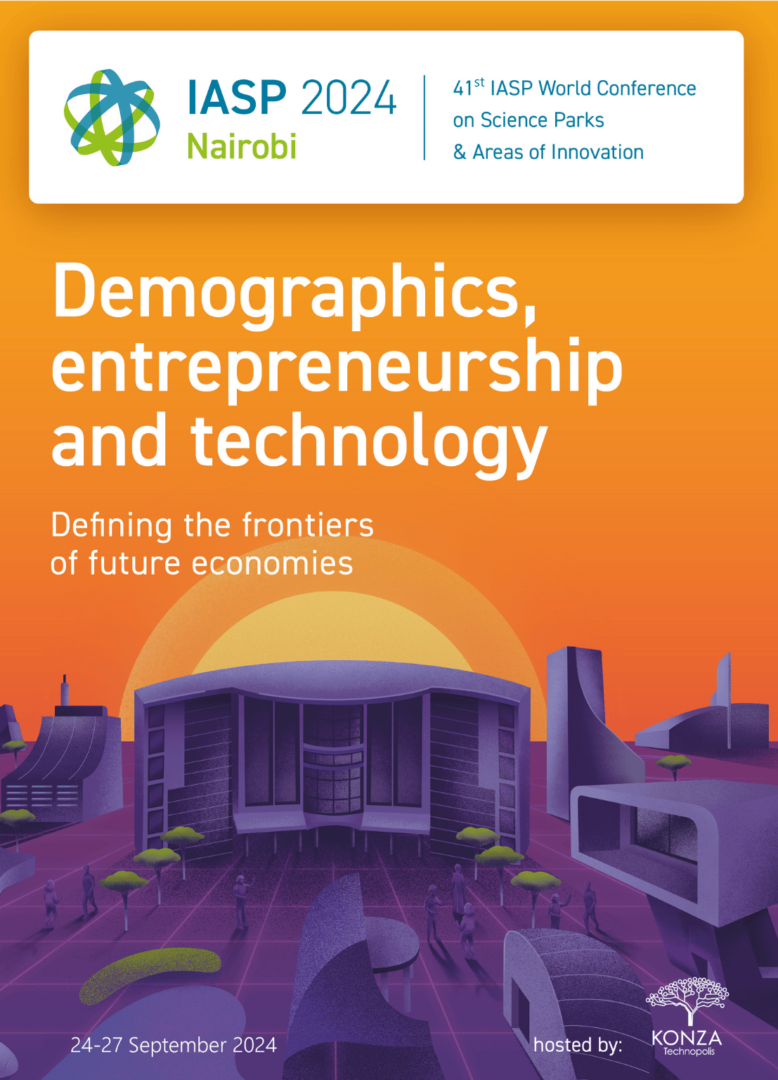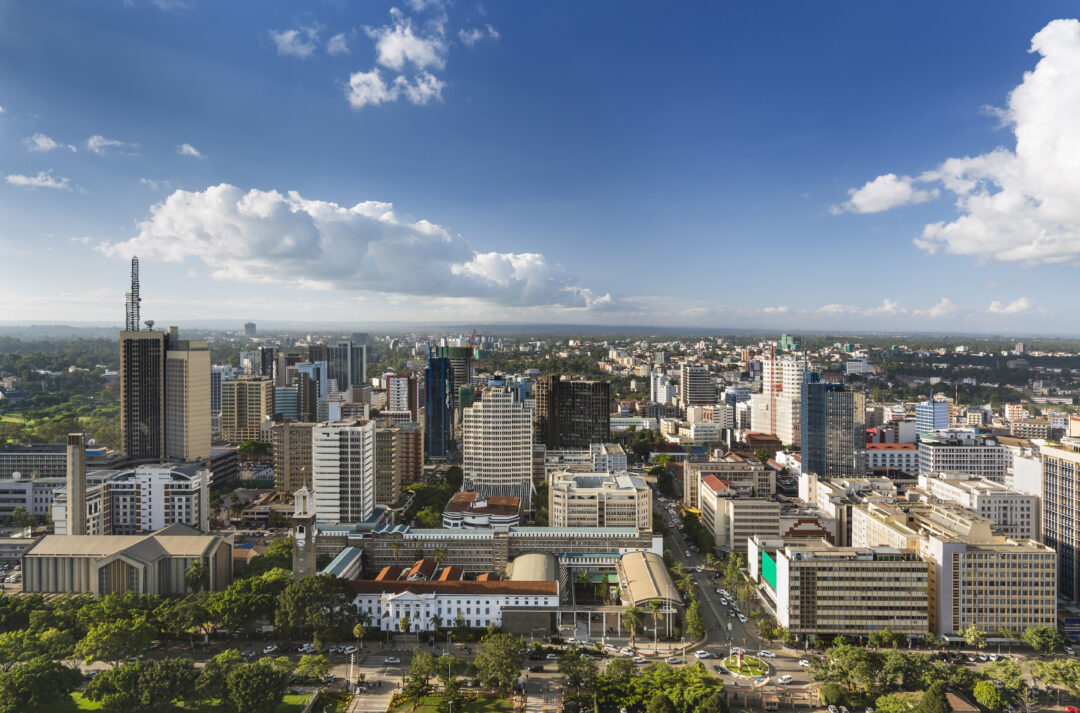

“Demographics, entrepreneurship and technology: defining the frontiers of future economies” was the main theme of the 41st IASP World Conference on Science Parks and Areas of Innovation, which took place in Nairobi, Kenya, on 25-27 September 2024.
As the conference returned to Africa for the first time since 2008, the theme had particular significance.
It explored the role played by science parks and areas of innovation in empowering regions such as Africa and Asia to harness the potential of their burgeoning youth demographic, entrepreneurship, and technology for economic growth. It also addressed the challenges posed by a global population that is steadily ageing.
In this context, the theme called upon us to reflect on critical components of collaboration across the world to ensure that there was a sufficient talent pool, innovation, and technology base to sustain the global economy.
Known as the “Green City in the Sun,” spirited and technological Nairobi was built on a mix of rainforest and savannah grasslands, crowned by the eponymous river that went through the vibrant and bustling city. Mixing tradition and modernity, the city had become a juxtaposition of Kenyan culture and the rise of technology.

Stroll through the Masai Mara National Reserve to experience annual wildebeest migration, contribute to the conservation of endangered wildlife by visiting leading conservation organisations, or immerse yourself in the eclectic local culture in the Maasai Market, Nairobi is buzzing with culture, art, and development, the city’s nature and wildlife are effortlessly immersed in everyday life.
The outskirts of the city are just as interesting. Visit Olorgesailie, a geological formation on the floor of the Eastern Rift Valley where Lower-Palaeolithic archaeological sites can be found. Just a few hours away, lying on the base of Mount Kilimanjaro, you can find a world-renowned safari destination, Amboseli National Park.
Visiting the Bomas of Kenya is the perfect start for an insight into Kenyan culture. The project was set up to preserve the local culture and values, and to educate foreigners in the traditional ways of life through music and dance, and tours of the bomas (enclosed homesteads). Built in 1929, the Nairobi National Museum is also a great way to learn about the country’s history and art, with prehistoric collections that highlight evolution.
Konza Technopolis, the host of IASP Nairobi, was born in 2009 as the key project of Kenya’s Vision 2030 economic development portfolio. Designed as an ambitious smart city and vibrant innovation ecosystem, Konza plays a pivotal role in the economic, sociocultural, and educational development of the country.

Mixing business and everyday life, its digital community hosted businesses, workers, and residents, creating a Technopolis powered by the ICT sector that contributed to Kenya’s knowledge economy, its mission.
Konza offered technology-based training to the local youth, aiming to create a tech-savvy community that would foster innovation and open up job opportunities. It recently ran the Kids Tech Boot Camp, which introduced technology to children to spark interest in software development and robotics; following its success, Konza began working on integrating it into the school curriculum.
Konza was designed as a mixed-use, high-density, walkable city capable of accommodating diverse programmes and districts. Inspired by other global urban centers, it ensured it remained local and responsive to the needs of both the region and Kenya.